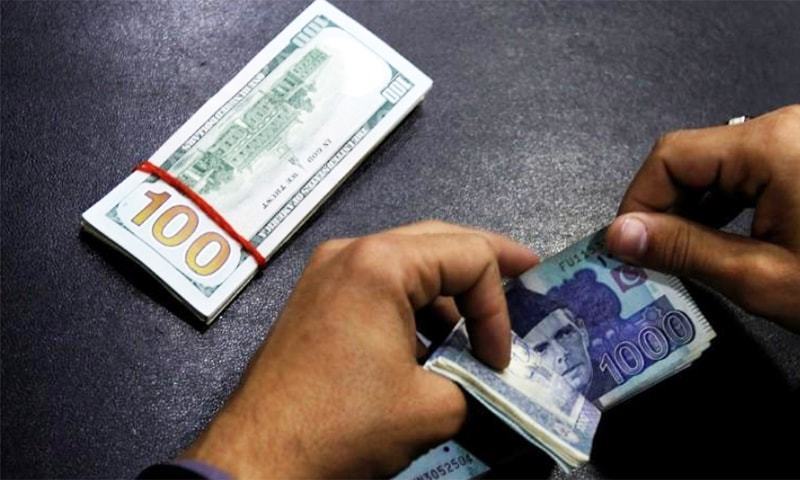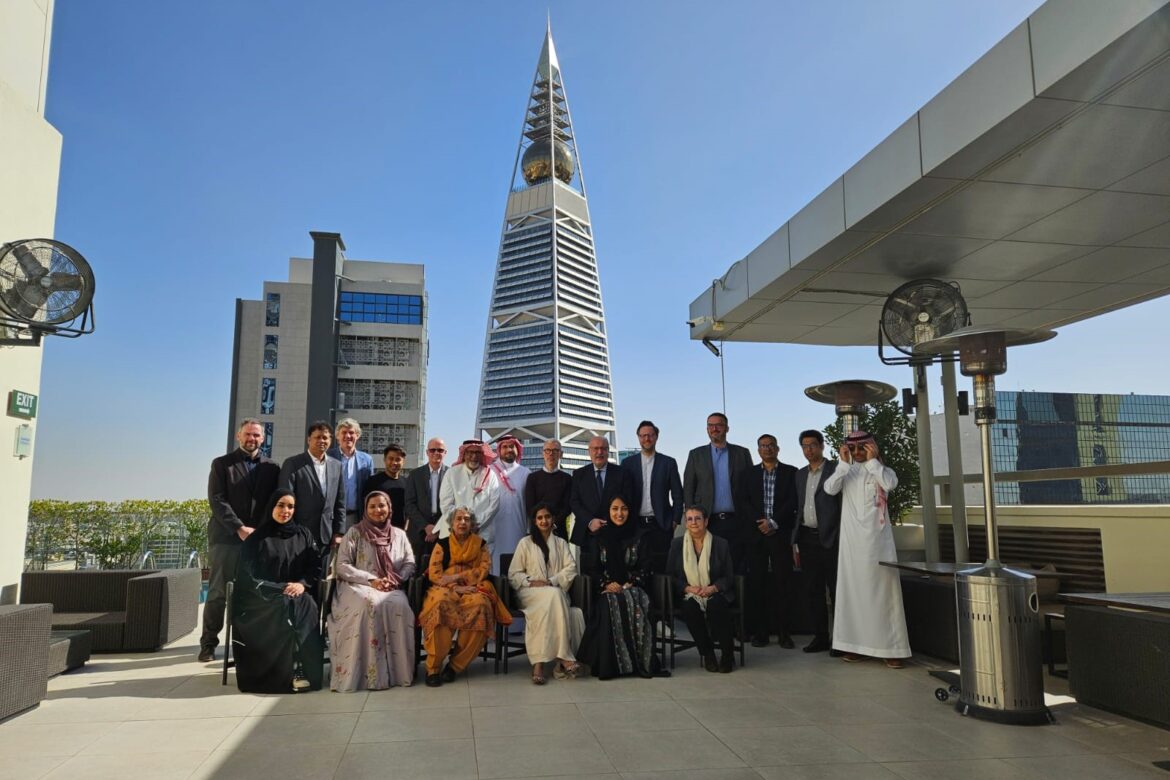By Mohiuddin Aazim
Published in DAWN on August 09, 2021
Keeping the exchange rate stable during this fiscal year is apparently a challenge. In July, the first month of 2021-22, the rupee lost 3.2 per cent of its value against the US dollar and in the first five days of August, it weakened further by another 0.5pc.
The rupee’s decline is primarily due to the structural weakness of Pakistan’s balance of payments (BOP). The State Bank of Pakistan (SBP) has left the exchange rates to the market forces and does not intervene to provide the rupee artificial support though it sells dollars in the interbank market to smoothen extreme volatility when there is occasional demand pressure on foreign exchange. The market witnesses such volatility mostly at the time of external debt servicing or the clearance of a bulky oil bill and other import payments. But apart from such vagaries of the forex market, a key reason why the rupee’s stability proves short-lived lies in the structural shortcomings of the BOP.
According to the latest BOP statement, Pakistan’s remittances shot up to $29.37 billion in 2020-21 from $23.13bn in 2019-20. But this single factor, which is no mean feat, was almost entirely responsible for lowering the Current Account (C/A) deficit to $1.852bn in 2020-21 from $4.449bn in 2019-20.
In 2020-21, Pakistan witnessed a huge deficit of $30.030bn in total trade of goods and services, up from $24.425bn in 2019-20, which means the impact of trade account was negative on the current account — and the additional inflow of $6.24bn ($29.37bn minus $23.13bn) in home remittances played a decisive role in the lowering of the C/A deficit.
The market witnesses volatility mostly at the time of external debt servicing or the clearance of a bulky oil bill and other import payments
Our current account comprises two key heads ie trade and remittances. Ideally, any improvement in C/A must originate from these two accounts. If a single-source impact reduces the C/A deficit, it is qualitatively poor.
An expansion of the total trade deficit in a year of economic recovery is understandable. But Pakistan has long been witnessing such a deficit year after year, not just due to greater imports in years of higher economic growth but chiefly due to the sluggish growth in exports of goods and services. In 2020-21, exports of goods encouragingly swelled to $25.630bn from $22.536bn in 2019-20. But services’ exports rose modestly to $5.937bn from $5.437bn. There is a need for maintaining the current growth in merchandise exports and for boosting services’ exports. Without that total trade deficit cannot be narrowed and pressure on exchange rates may persist in 2021-22 — or even beyond that.
Without finding dependable means to fulfill this structural need, Pakistan cannot easily get out of its BOP issues on a permanent basis. Occasional forex inflows — like the special $2.8bn International Monetary Fund’s Covid-19 fighting fund expected to come in later this month followed by a similar $1.4bn special fund already received last year — cannot help address structural weaknesses. Nor can sovereign funds from friendly countries. Such temporary funding can only ease off forex-demand pressure for a while.
Whereas the C/A deficit narrowed to just $1.85bn in 2020-21, the overall BOP deficit expanded to $5.553bn from $5.299bn in 2019-20. A nominal increase in the BOP deficit — instead of a substantial decrease amidst growing exports and remittances — indicates that structural issues of the external sector are yet to be resolved.
The most important among them, as mentioned earlier, is that total exports of goods and services are not growing fast enough — despite a spike seen in 2020-21 — to contain the overall trade deficit.
This may emerge as a bigger issue during this fiscal year because imports of goods and services are likely to increase faster than in the last year as the country has set a higher economic growth target — 4.8pc against 3.9pc of last year. The base of merchandise exports has already expanded in 2020-21, squeezing room for a similar rate of expansion in 2020-21, particularly amidst the ongoing fourth wave of the Covid-19 pandemic. Accelerating services’ exports is possible, more so due to the listing of Pakistan on Amazon and launching of Facebook Marketplace in the country. But the financing of tech startups remains absent or scant. And, overall services’ exports are yet to be brought under an umbrella of enabling regulatory requirements.
In the case of remittances, a meteoric rise of 27pc seen in 2020-21 would make it difficult to achieve a growth rate even closer to this level. High and low base effects on the growth of remittances are well-established.
Besides, remittances grew in 2020-21 also due to the amnesty scheme offered for the whitening of undeclared wealth. That scheme (under which large volumes of funds were taken out of the country in the past and brought back under this scheme for investment in the housing sector) has expired. Unless the scheme is extended for the entire 2020-22 — or even beyond that — remittances seem set to decline.
Besides, the export of workforce in 2020 and in the first half of 2021 is likely to show a lagged effect on remittances’ inflows now. (In 2020, only 224,705 Pakistanis went abroad for jobs compared to 625,203 in 2019. And, between Jan-June 2021 the number tanked to just 121,391, according to the Bureau of Emigration and Overseas Employment).
The foreign direct investment that fell to $1.846bn in 2020-21 from $2.598bn in 2019-20 — can also not be expected to rise dramatically at a time when Pakistan is revisiting bilateral investment treaties with dozens of countries — and when the pullout of the US forces from Afghanistan has already started affecting political stability in the region.
Foreign portfolio investment — especially in debt securities — offers a silver ling though. In 2020-21, such investment in debt instruments crossed $3bn from a net outflow of $242 million in 2019-20 — thanks partly to the investment made by overseas Pakistanis in them through Roshan Digital Accounts. But the foreign currency debt instruments through which a large part of foreign portfolio investment is being attracted offer very high returns. How long can Pakistan afford it is a million-dollar question.




